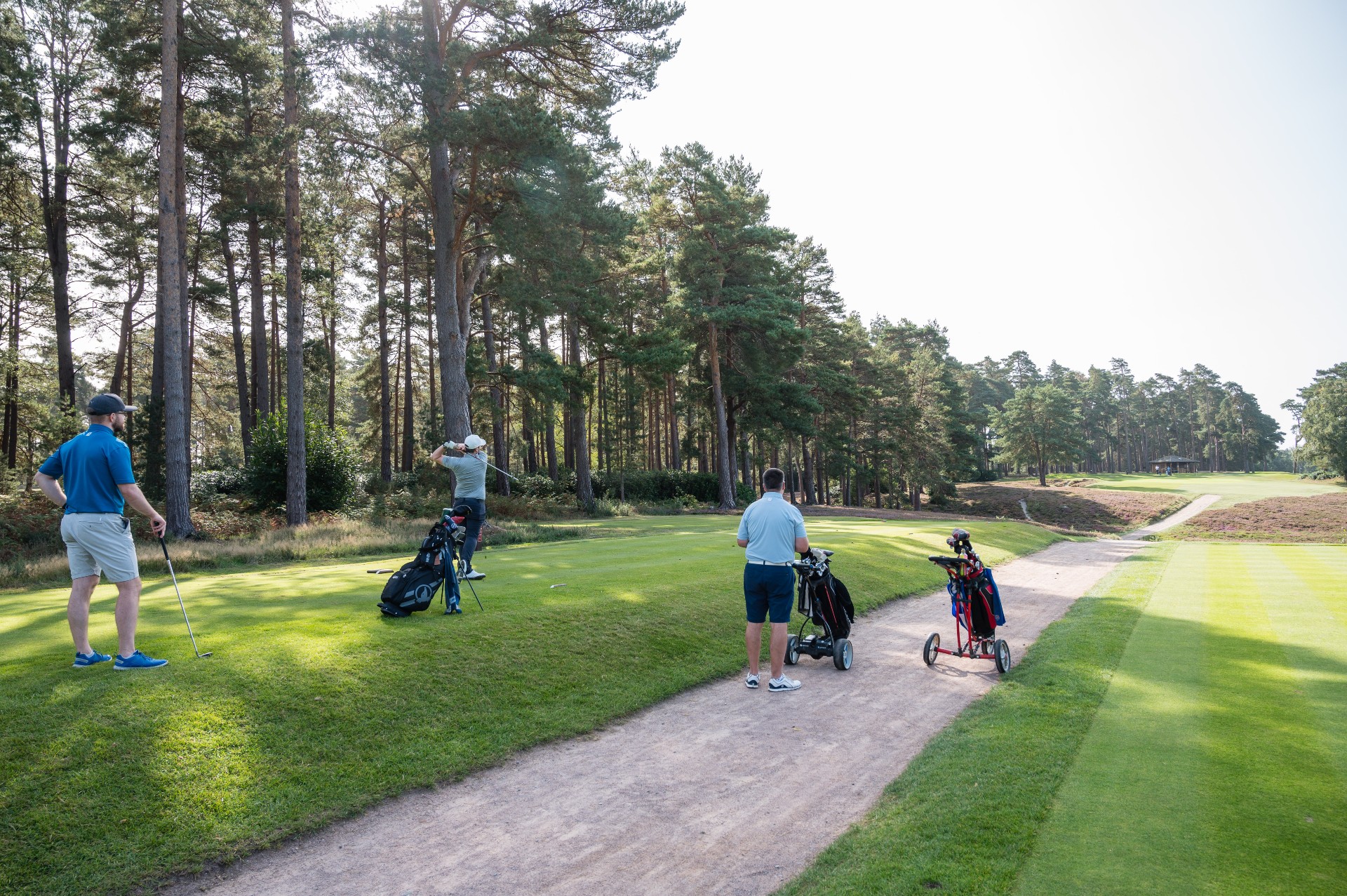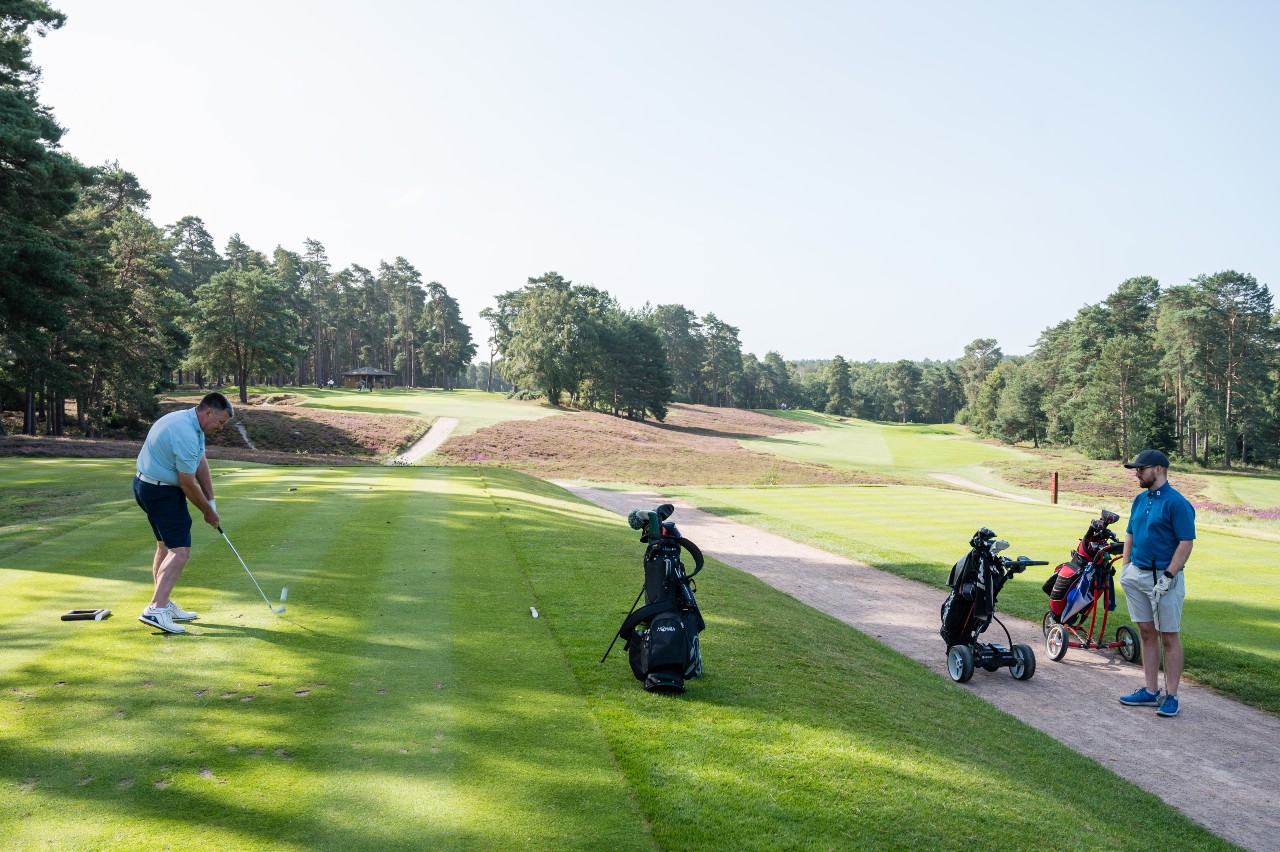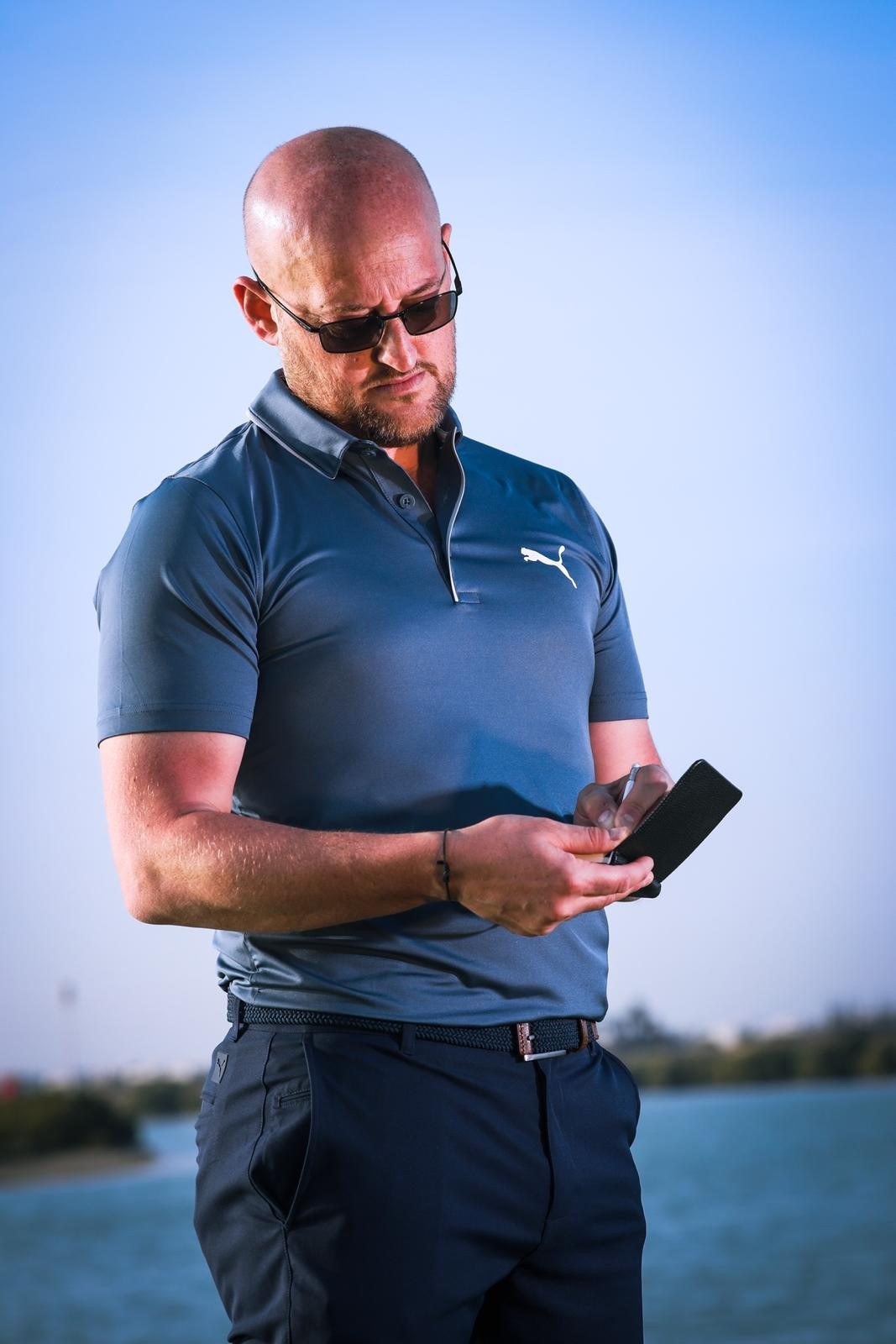How Can We Play Our Home Course Better?
Mental coach Duncan McCarthy on some key ingredients into performing better on a weekly basis


This is an area of the game where we can all make at least some small improvements. A tour player goes from a different course to another different course and they have 2-3 days to prep. Some will have played the courses plenty of times, and will have their notes and course planners, whereas a club golfer will pretty much play all their competitions at their home course.
But do we have a plan for how to play it the best? Probably not. We probably go out and make the same number of errors over and over, like hitting a driver off the same tee and getting into the same bad spots 90 per cent of the time or misreading how a putt rolls.
One thing that we all have in common, as club golfers, is that we all want to reduce our handicaps and play well in competitions. So we want to do the little things that will help us lower our scores.
One way is to just sit down at home and simply think about the tee shot and approach shot – what does a good shot look like for each? What is the best area to put it in? Is 200 yards off the 3rd tee a good place to hit it or is a lay-up always the better option on a tempting short par 4 or reachable par 5? If you know that you can wedge it in nine times out of 10, and you will at least par it, then is that better than bringing in lots of double-bogeys?
By having a simple strategy it will take about 10 minutes to write this down and then see if you can play to it and see, over the course of the next five rounds, if it has helped you? And, if it hasn’t, what hasn’t worked? We are playing the same course over and over so we can definitely become better at our strategy.
By making poor decisions and attacking at the wrong time will hinder all of us, at any level. At an Open there is generally a worse side to miss so managing your way around the course better is huge. If there is a water hazard short of the green and nothing bad particularly long, why are you even looking at front half of the green where a slight mishit or a gust of wind could see us end up getting wet?
Managing ourselves around a course, before we get to the course, is a big way of lowering those scores and at least thinking about the smart side of the fairway and smart side of the green is a great start.
Subscribe to the Golf Monthly newsletter to stay up to date with all the latest tour news, equipment news, reviews, head-to-heads and buyer’s guides from our team of experienced experts.

Club golfers can be poor at laying up and we won’t look forward to the shot as we won’t have practised from where that next shot is going to be played from. Whereas tour players are fantastic at this part of the game. One player I work with loves having 63 yards in, 84 is another so they will always lay up to that number as that is the number that they are most comfortable. If they can’t lay up to that number then there will be other numbers and the difference is that they will be very clear on what’s going to happen next as they will have practised it regularly. They are dialled in and will be ready for different conditions, climates and grasses.
We all play the same course over and over but how many of us have a favourite distance in? A lay up will often set up a birdie opportunity rather being seen as a negative. It might be laying up to the widest part of the fairway or from the best angle in. There’s really no excuse for laying up just short of a fairway bunker or water hazard and then knocking it in there.
When you next go to the range use 10 of your 50 balls to find out the number that you’re comfortable with and work out how that feels with different wedges. Give yourself the opportunity to feel comfortable in that scenario.
We all think that we have a bogey hole but, equally, we all have a favourite hole and both of those are led by the same thing, memories. A player’s birdie hole is based on the past and a player’s bogey hole didn’t start off as their bogey hole. They’ve just got some bad memories of some poor shots.
So we want to turn it into a hole that we almost look forward to playing and hopefully have some better results on. Let’s analyse why we’ve played it badly, not in terms of outcome but how are we approaching the hole? What is our mental state on the tee that we’re hooking it out of bounds all time?
Are we engaged in where we want to hit it and are we at least giving ourselves the opportunity to hit a good shot? Is the walk from the previous green one where we are starting the story early on because, if that’s the case, then we need to write a different story. Make our next round the one where we are going to commit to our targets.

Duncan McCarthy is a mental coach who works with golfers across all tours including Marcus Armitage, Erik van Rooyen and Women's Open winner Ashleigh Buhai.
He passionately believes that his job as a mental coach is to take individuals and teams to new levels of performance and achievement. His obsession with achieving peak performance led him through his academic period through university to where he is today, working and succeeding with his clients. He pulls together over 20 years of coaching and 15 years of coaching professional level athletes to give an unquestionable and proven track record of expertise with every client.
Away from his role, Duncan still plays to a high standard himself, a former professional now playing off +2 and loves spending time with his two boys and wife.